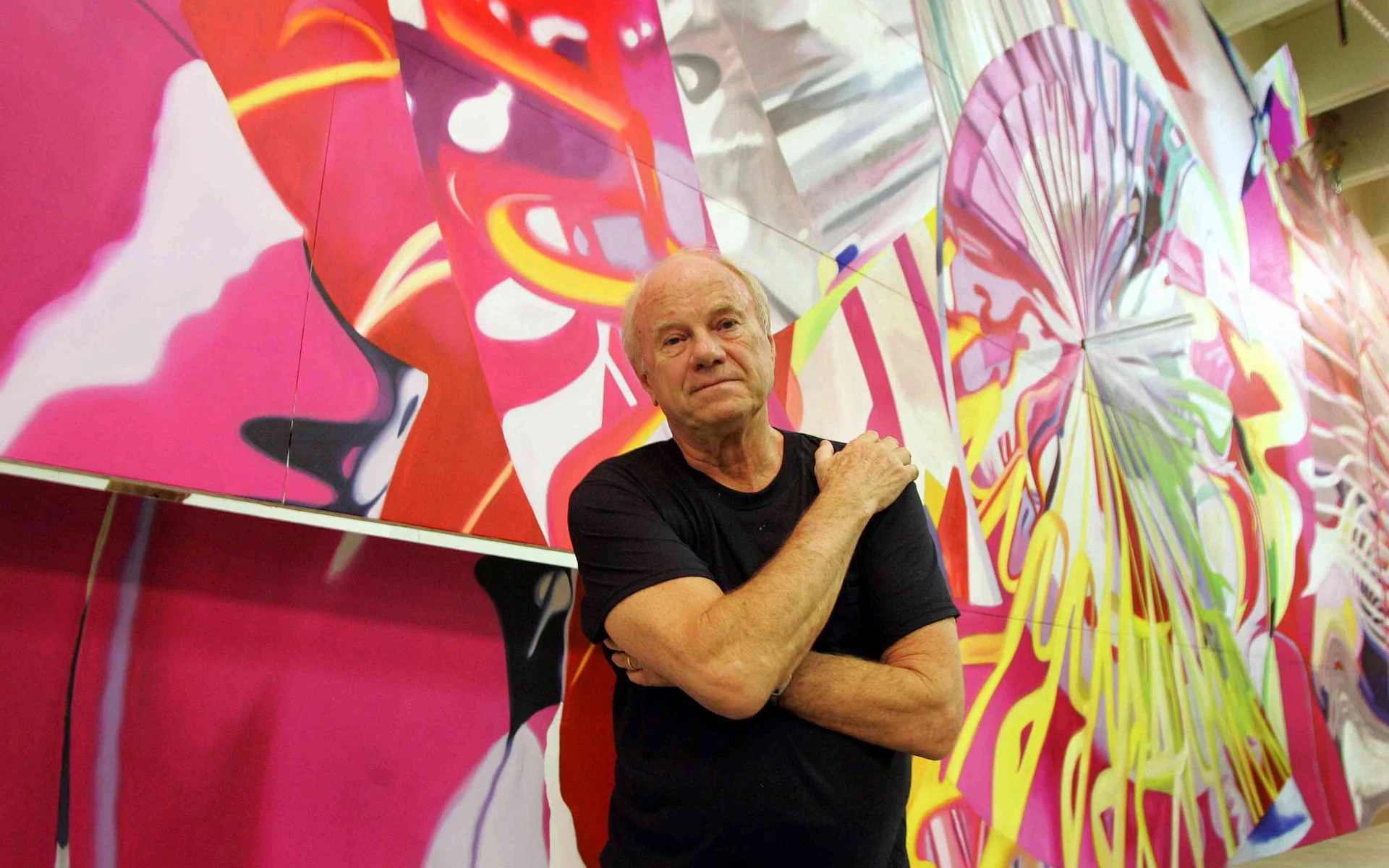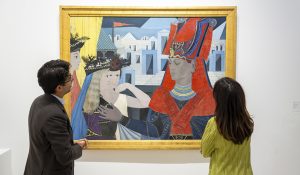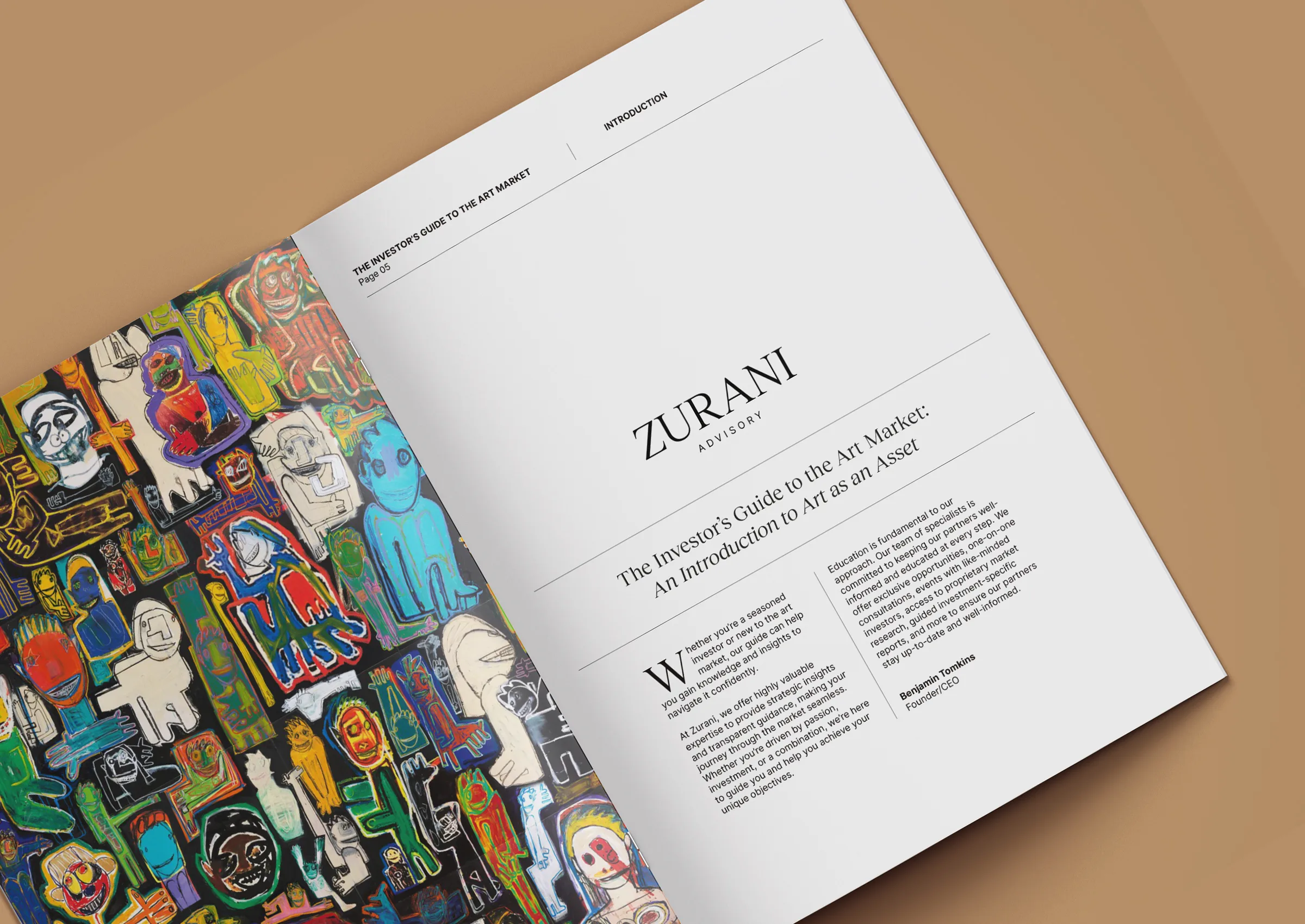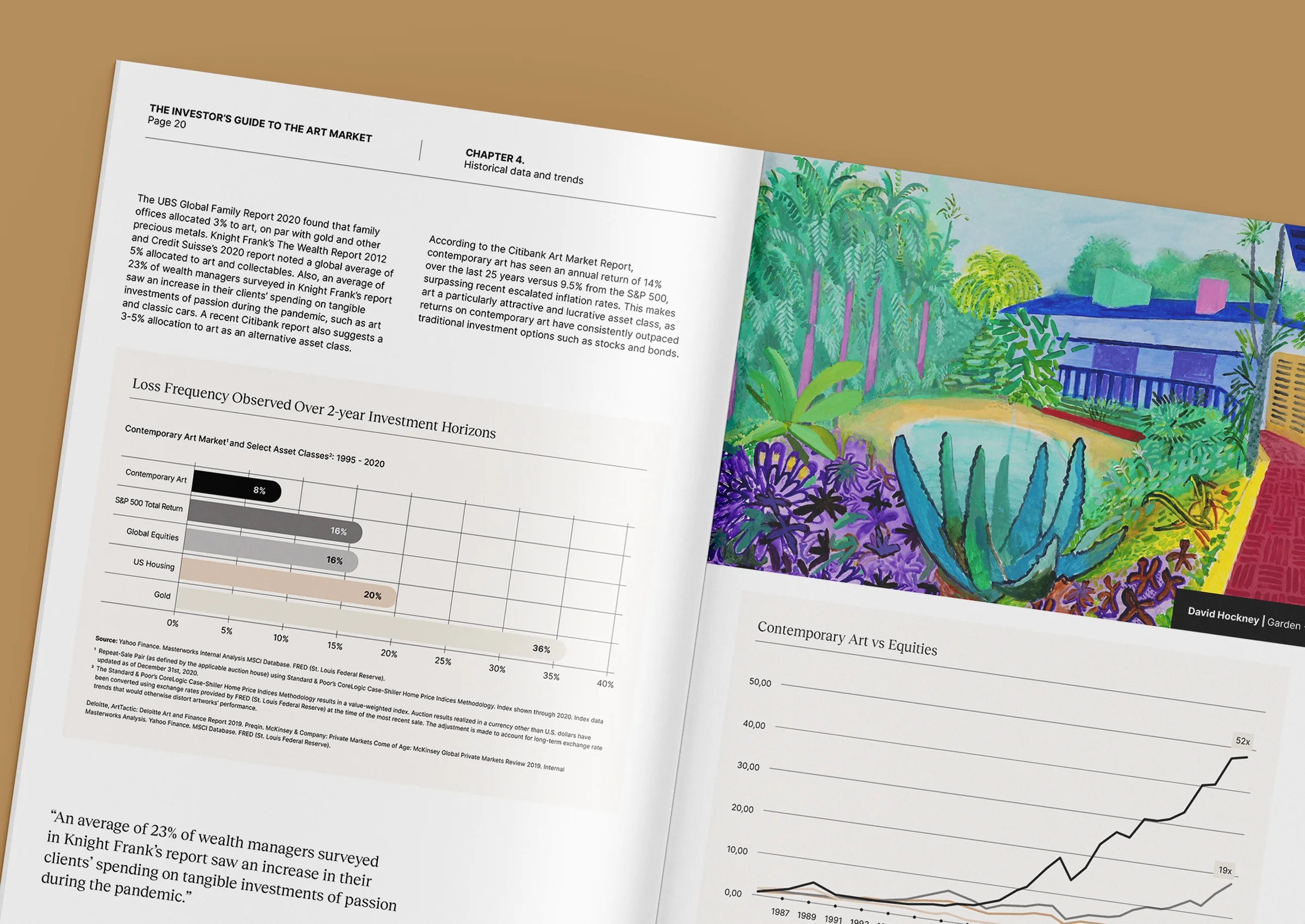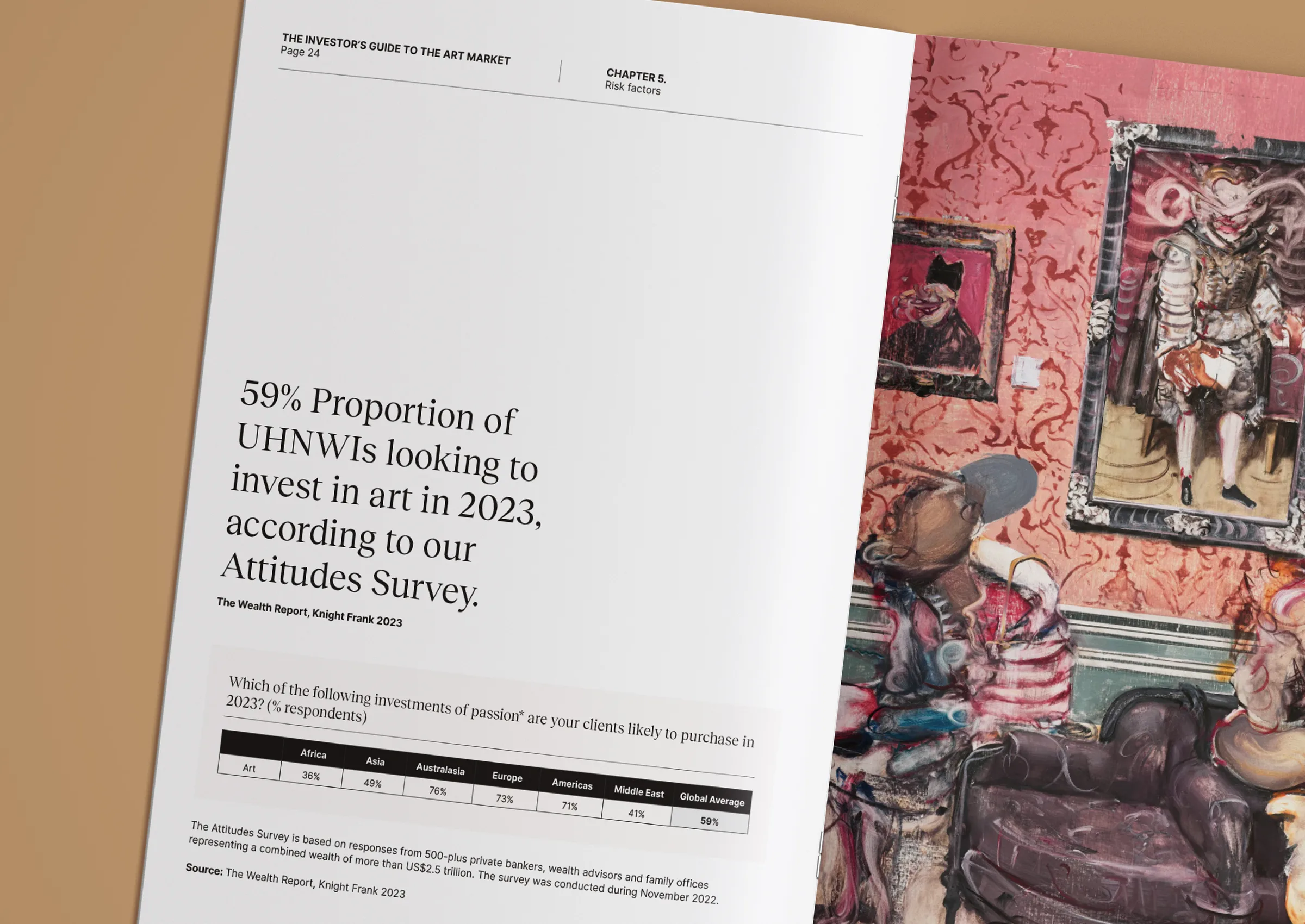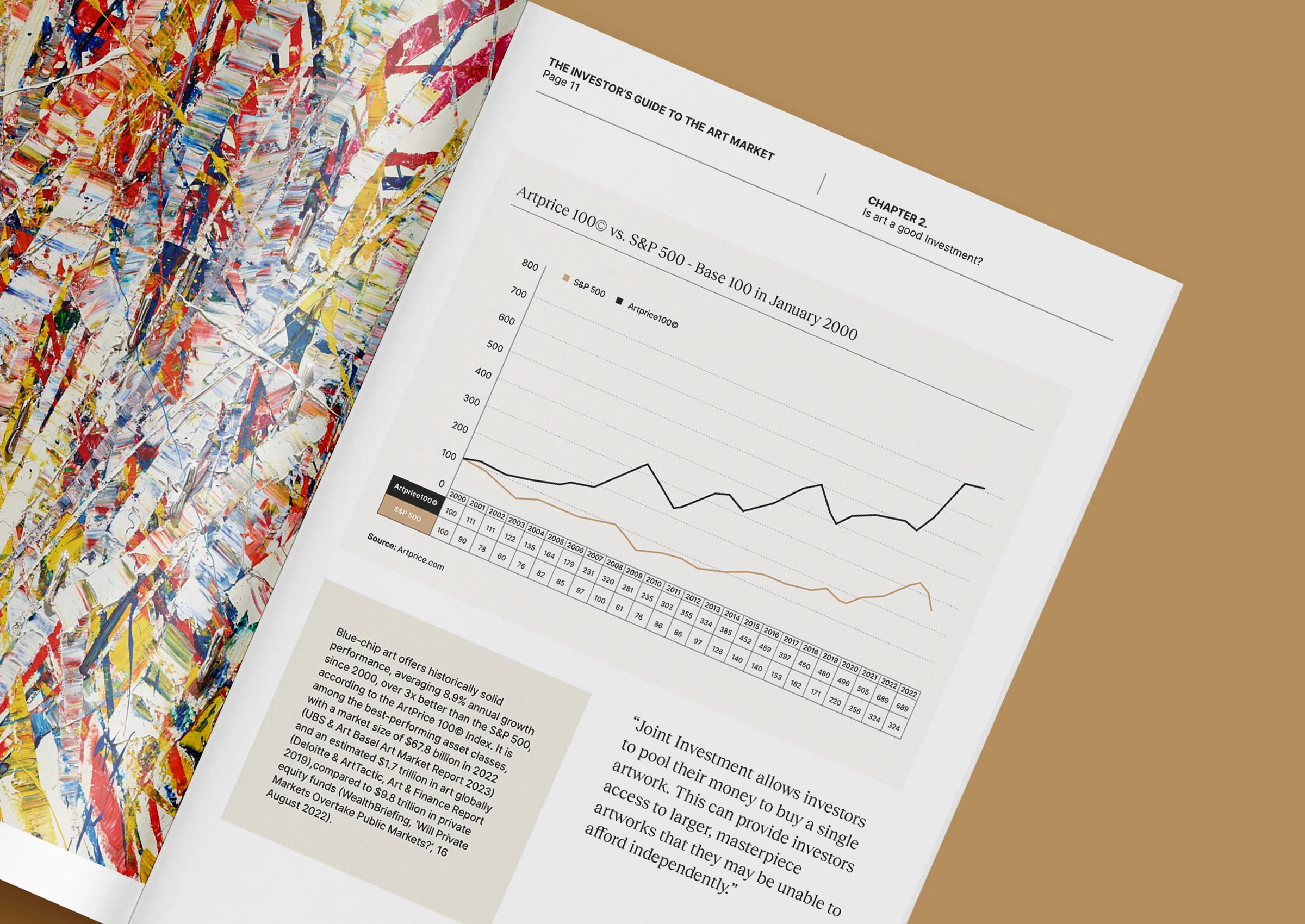James Rosenquist: From billboards to Pop art brilliance
James Rosenquist turned the language of advertising into fine art, reshaping how we view consumer culture, mass media, and modern identity. A central figure in the Pop art movement, his monumental canvases remain as relevant today as they were radical in the 1960s.
Painting the American dream
Born in North Dakota in 1933, Rosenquist grew up fascinated by planes, cars, and the visual rhythm of post-war America. His early life was marked by movement, from the wide landscapes of the Midwest to the billboards that lined its highways. After studying art in Minneapolis and New York, he found work painting large-scale advertisements, mastering the precision and perspective of commercial imagery.
This early experience became his visual foundation. The world of consumer graphics, bright, seductive, and anonymous, gave Rosenquist the vocabulary that would define his artistic language. He took the symbols of everyday life and reframed them as monumental icons of a culture chasing its own reflection.
Breaking the frame
Rosenquist emerged as part of a generation that redefined what art could be. Alongside Andy Warhol and Roy Lichtenstein, he rejected the romanticism of Abstract Expressionism for something bolder, more democratic, and immediately legible. Yet his work was never simply Pop.
He layered familiar imagery into vast, fragmented compositions that invited interpretation rather than imitation. Juxtaposed food, machinery, faces, and weapons created a visual dissonance that mirrored the contradictions of modern life: beauty and violence, abundance and anxiety, desire and detachment.
His most iconic piece, F-111 (1964–65), stretched across an entire room, depicting a U.S. fighter jet surrounded by consumer symbols such as spaghetti, tyres, lightbulbs, and cake. It was a biting reflection of America’s post-war optimism colliding with its industrial and military reality.
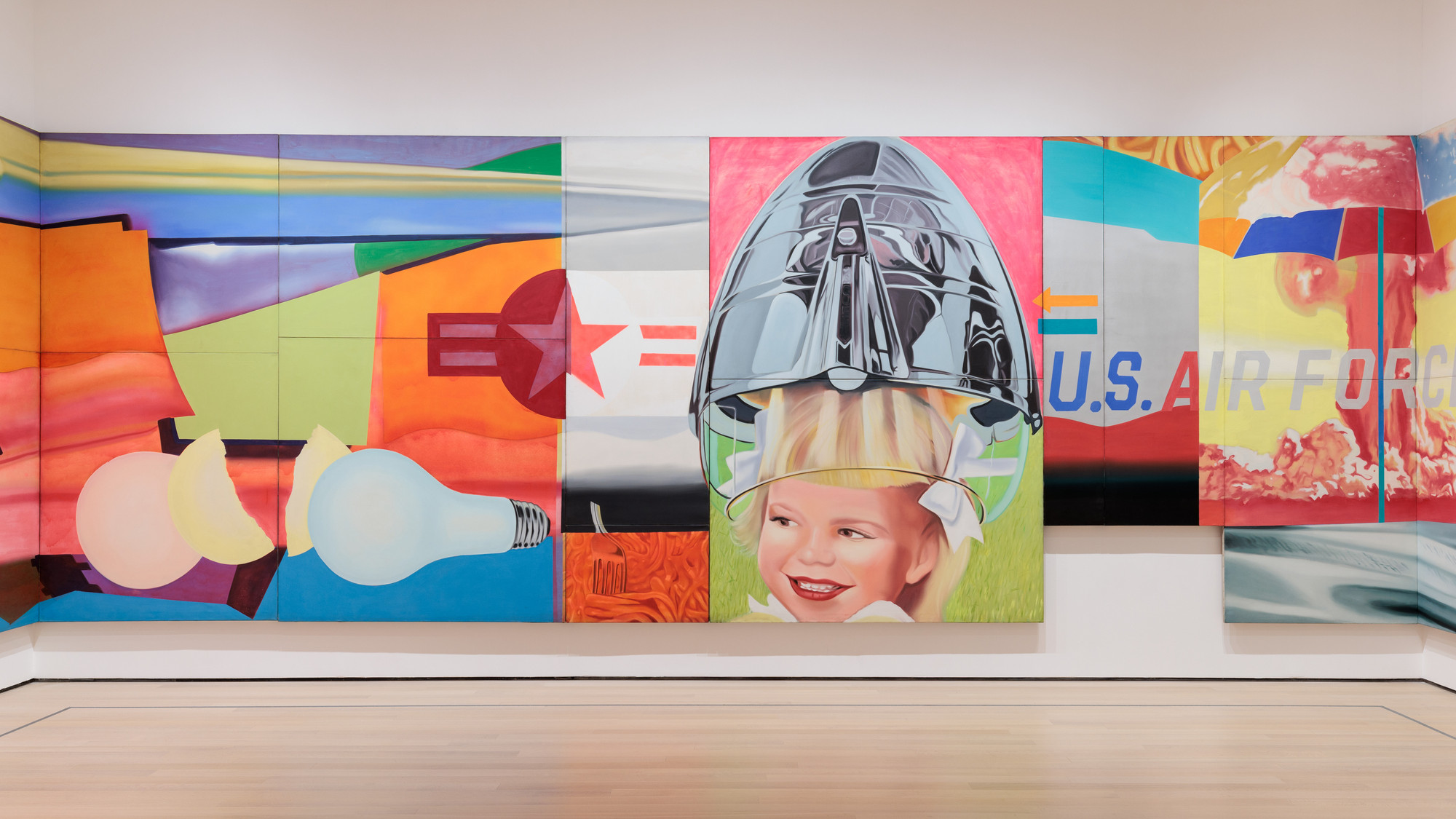
The power of scale and precision
Few artists understood scale like Rosenquist. His billboard background gave him a rare ability to manipulate perspective, colour, and composition on a monumental level. Viewers were not meant to simply look at his paintings; they were meant to be absorbed by them.
Despite their size, his works retained an almost cinematic clarity. Rosenquist often described his compositions as “montages,” where images collided like frames of film. This approach created a sense of motion and narrative, transforming static canvases into vivid commentaries on time, technology, and perception.
Beyond Pop: An artist of paradox
While often grouped under the Pop art label, Rosenquist’s practice was driven by ideas that went beyond commentary on consumerism. His later works explored themes of energy, space, and abstraction, fusing scientific ideas with poetic imagery.
He resisted the idea of art as a product. Instead, his paintings aimed to visualise thought itself: fragmented, fast, and impossible to contain. Even at his most political, Rosenquist’s art maintained a formal precision and painterly sensitivity that distinguished him from his peers.
Legacy and lasting influence
James Rosenquist’s career spanned more than six decades, influencing generations of artists and redefining how commercial imagery could inhabit the realm of fine art. His work is held in major institutions worldwide, from the Museum of Modern Art in New York to the Tate in London.
What endures most is his vision, one that recognised how images shape not just what we see, but who we are. His paintings captured a world in constant motion, a culture built on fragments, and a future defined by the images it consumes.
Rosenquist passed away in 2017, but his influence remains deeply felt. In an age of screens and endless visual noise, his art feels almost prophetic. It reminds us that the most powerful messages are often hidden in plain sight.
If you wish to explore the works of James Rosenquist or discuss opportunities to acquire pieces from his era, contact Zurani at +971 58 593 5523 or email contact@zurani.com.
